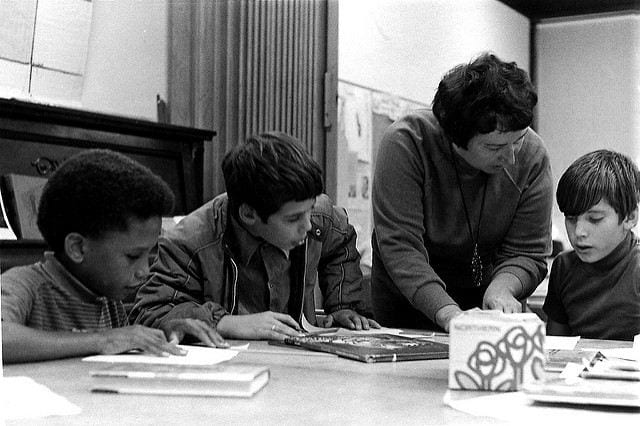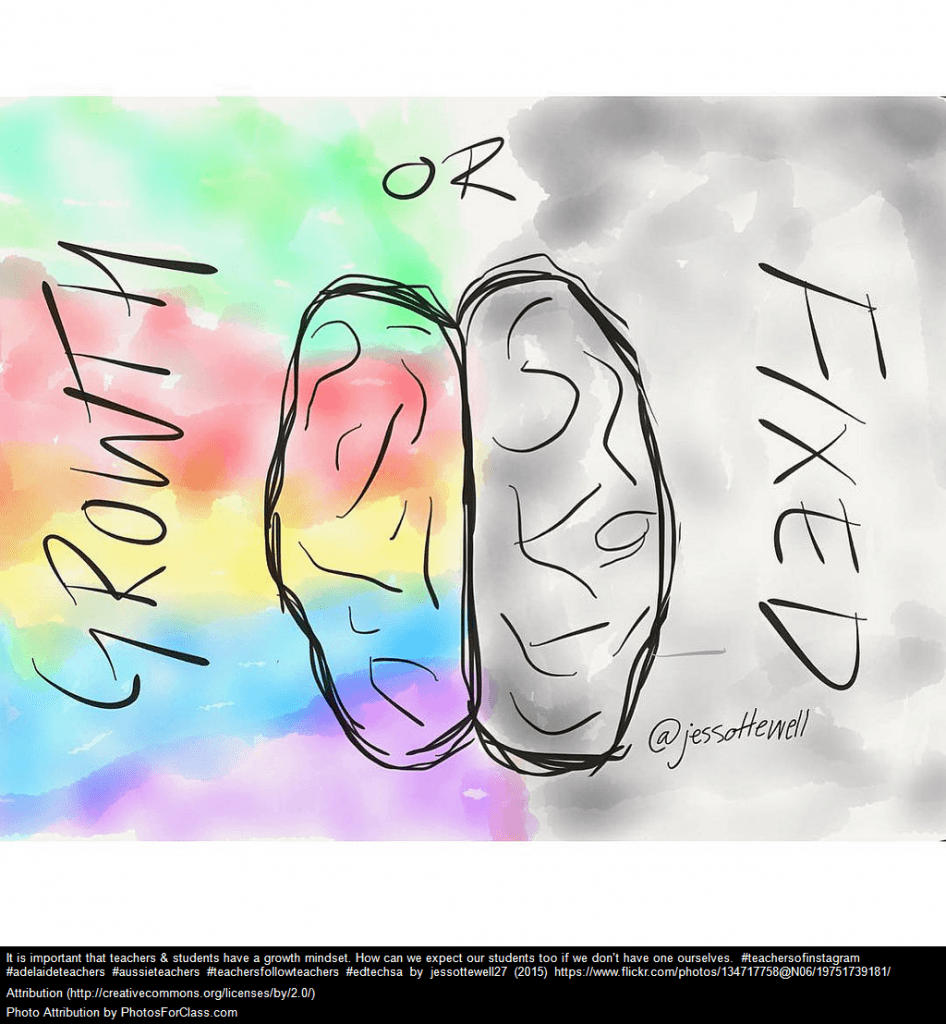TheDigitalArtist / Pixabay
It’s been a long time since I’ve taught summer school to English Language Learners because that’s my book-writing time.
However, I do always recruit and support other teachers to do it, provide support to them, recruit students and peer tutors, and obtain materials. It’s always held in my two-room “suite.”
I’ve previously shared the plan I typically recommend that teachers use, though I’m always very “hands-off” and encourage them to do whatever they feel most comfortable doing.
This year, though, we have double the number of students we usually have for summer school, so we’ll have two classes going on – Newcomers and Intermediates. The previous plan was for one combined class.
So, both as a thought exercise for me, and and a possible help to our summer school teachers, I figured I’d lay out here how I might handle the classes if I was going to teach them. Again, more power to them to do whatever they want to do! And, of course, it’s easier to plan than to implement, so I might very well make changes once I saw all the students there.
It starts at 8:30 AM and ends at 12:30 PM, and includes breaks and lunch.
Here’s what I might do:
FIRST ACTIVITY – TWENTY MINUTES
NEWCOMERS: Come in and work in peer tutor groups (one peer tutor for every four-or-five students) doing conversation practice. I have various practice sheets in different books, and a list of 160 prompts here. Peer tutors would start a round-robin of asking a question, having a student answer it, and then that student would ask the next person in the group. After a while, the peer tutor would then dictate different prompts and responses and students would have to write them down correctly on mini-whiteboards.
INTERMEDIATES: Students in each peer tutor group choose a book to read as sort of a “book club.” I have a fair number of books to choose from. They read silently for five-to-seven minutes, then take turns reading each page aloud, and then the peer tutor will both ask comprehension questions and dictate sentences from the book that students would write on mini-whiteboards.
SECOND ACTIVITY – THIRTY MINUTES
Both groups would work on one of the “consumable” grammar books we have. The teacher would first give a short lesson, and then students would work on the pages in their small groups with peer tutors providing assistance. The activity would end with ten minutes of Quizizz or Blooket games reinforcing the lesson and activitiesin the book.
THIRD ACTIVITY – TWENTY-TO-THIRTY MINUTES
Language Experience Approach (see THE BEST RESOURCES FOR LEARNING HOW TO USE THE LANGUAGE EXPERIENCE APPROACH_) In LEA, everyone does a common activity – playing a game outside, go to the art room to do a project, watching a video, etc – and then comes together to write sentences about what they just did. The teacher can then use those sentences for many other kinds of activities, like sentence scrambles, expanding sentences, etct (see THE “BEST” RESOURCES FOR TEACHING SENTENCE STRUCTURE). Both classes would do the activity together when it’s outside of the classroom, but they would then meet separately to construct sentences about it (the Intermediates will be able to write more fluently than the Newcomers).
FOURTH ACTIVITY – THIRTY MINUTES
INTERMEDIATES: Twice a week they spend this time preparing lessons to teach the Newcomers (see Here’s A Lesson – & A Template – That Intermediate ELL Students Taught Beginners ; How Our Intermediate ELLs Taught Our Beginner ELLs About World War One Today ; Here Are Step-By-Step Instructions For A Flashcard Activity I Do With My ELL Newcomers ; OUR AFTER-SCHOOL PEER TUTORING PROGRAM FOR ELLS – STUDENT HANDOUTS INCLUDED!). Two days a week they use this time to actually teach the lesson (perhaps one of their lessons takes two days to teach).
BEGINNERS: During the days when they are not being taught by Intermediate students in small groups, Beginner students can do various activities with the sentences constructed about the Language Experience Approach activities, like sentence scrambles, clozes, putting them in categories, etc.
FIFTH ACTIVITY – THIRTY MINUTES
Both groups can work on independent practice on their laptops (THE BEST SITES STUDENTS CAN USE FOR INDEPENDENT PRACTICE). My favorites are Quill, Epic!, Learning Chocolate, LingoHut, Raz-Kids, and Brainpop. (and, now, Quizizz interactive videos – see I THINK QUIZIZZ INTERACTIVE VIDEOS WITH AI-GENERATED QUESTIONS MAY BECOME UBIQUITOUS IN CLASSROOMS – FOR NOW).
SIXTH ACTIVITY – THIRTY MINUTES
Both groups work separately doing one of the following:
More time on the grammar books
Various non online games (see The Best Ideas For Using Games In The ESL/EFL/ELL Classroom)
Various online games like Quizizz or Blooket
Watching Brainpop, Jr. videos, which has follow-up “Word Play” activities, where teacher and students alike can develop simple question/answer mini-dialogues using vocabulary from the movies.
Let me know what you think and how it can be improved!
It’s been a long time since I’ve taught summer school to English Language Learners because that’s my book-writing time. However, I do always recruit and support other teachers to do it, provide support to them, recruit students and peer tutors, and obtain materials. It’s always held in my two-room “suite.” I’ve previously shared the ESL Web Larry Ferlazzo’s Websites of the Day…








